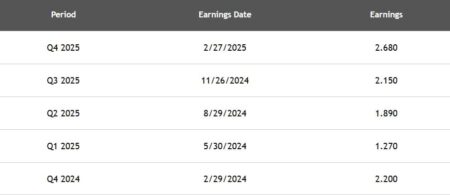The S&P 500 may only be down 18% from its peak, two points shy of the conventional definition of a bear market. But for anyone who owns that index, that technical distinction will hold little comfort. You know it when you see it. We’re in a vicious bear market, one that is likely to get worse before it gets better.
While last week’s rout, the worst in stock markets since the depths of Covid, was caused by the self-inflicted misery of tariffs, the deep decline also reflects the inevitable collapse that afflicts overpriced stocks that are priced for perfection—once perfection is replaced by reality.
Here are some do’s and dont’s for this scary and yes, unprecedented, time:
- Do review asset allocations for risk preferences, time horizon and personal needs. Those with many years until retirement still need heavy exposure to stocks, but those in retirement (and drawing down heavily on their portfolios) need to be overweight in bonds.
- Do continue to be a long-term investor. History shows it works, even through times of massive political or social upheaval, and even through the darkest hours of the darkest days.
- Do invest heavily in investment grade corporate debt. With yields around 5% and historical default rates tame even during severe recessions, corporate debt rated above BBB is a better deal than government bonds–with less political risk.
- Don’t panic and sell everything to move to cash. Despite the delusion of safety when you capitulate to the markets and find refuge in cash, you’re faced with two new formidable problems: how to keep pace with inflation and when to get back in the market. In my experience, those two new problems can devastate anyone’s finances.
- Don’t try to time the market. All data shows it doesn’t work. The market is counterintuitive in its movements, not intuitive. It prices in expectations, not the present, so it has a way of confounding the best and the brightest. Like a powerful storm, it is ruthless in its power but also ruthless in its lack of consideration for those who think they can beat it.
- Don’t sell all stocks to move entirely to bonds. Studies show that a 20%/80% allocation to stocks and bonds can be less volatile than a 100% allocation to bonds–due to the often inverse correlation between the two. Stocks are the best long-term hedge against inflation while bonds are the best short-term hedge against market risk. Like a magical amalgam, they’re typically stronger together than either one separately.
- Do remain diversified, the only free lunch in investing.
The economic damage of misguided tariffs confronts us. The times are dark and daunting. But long-term investors will continue to be rewarded for their patience and perseverance.
Read the full article here











